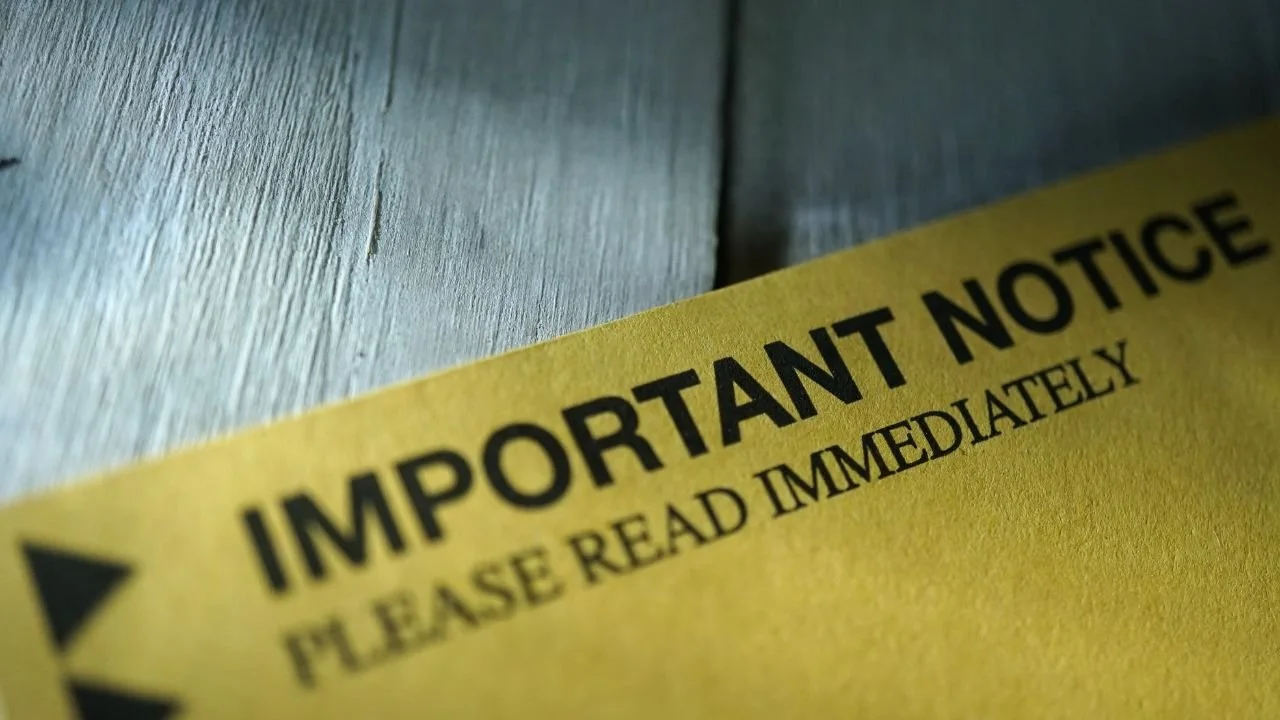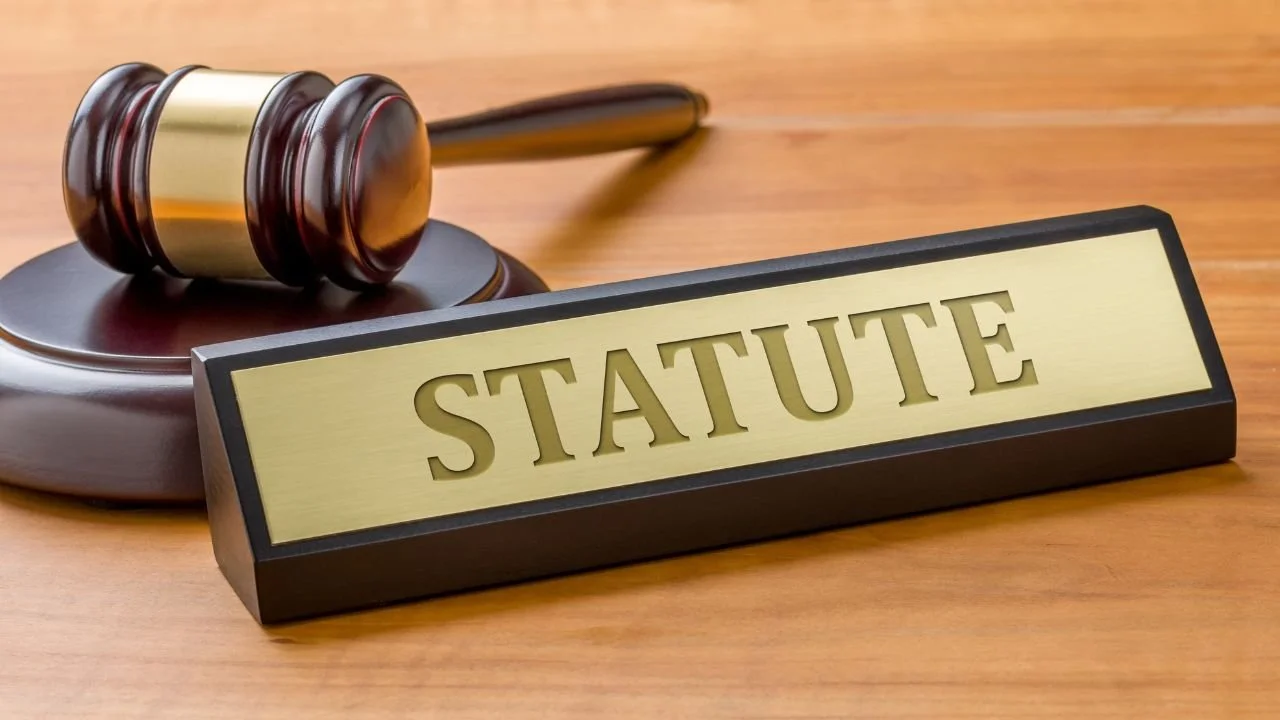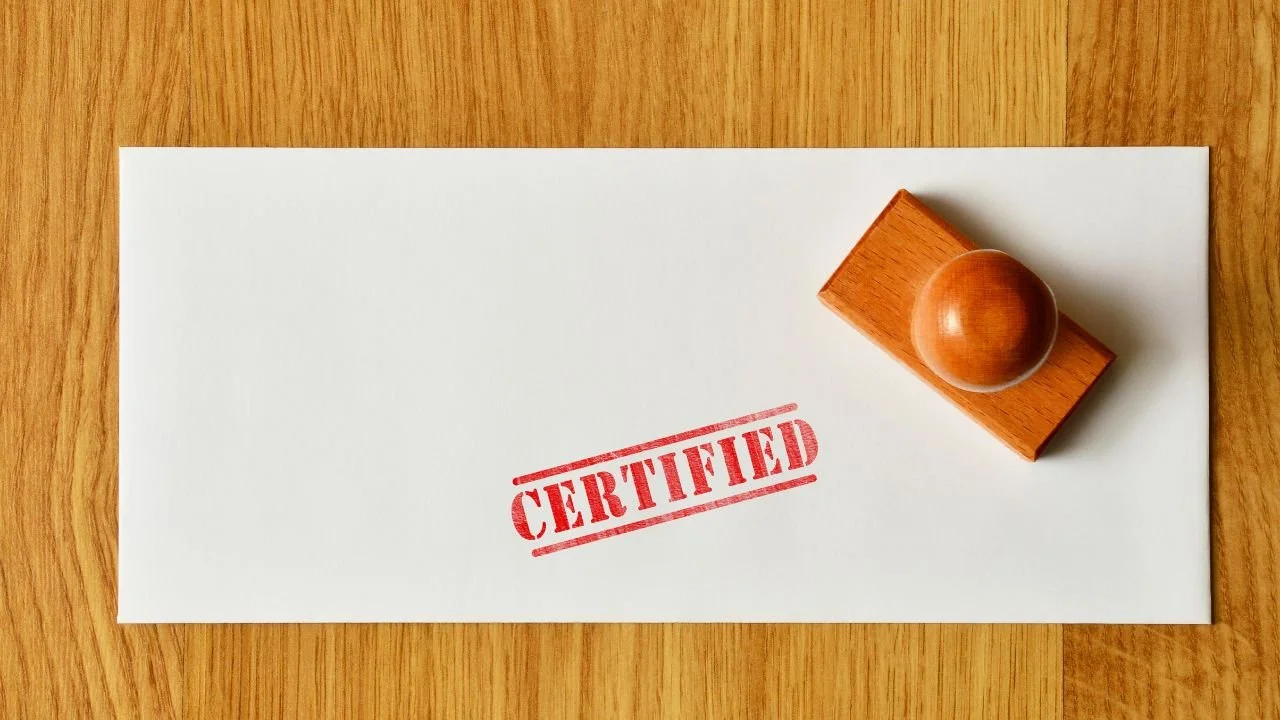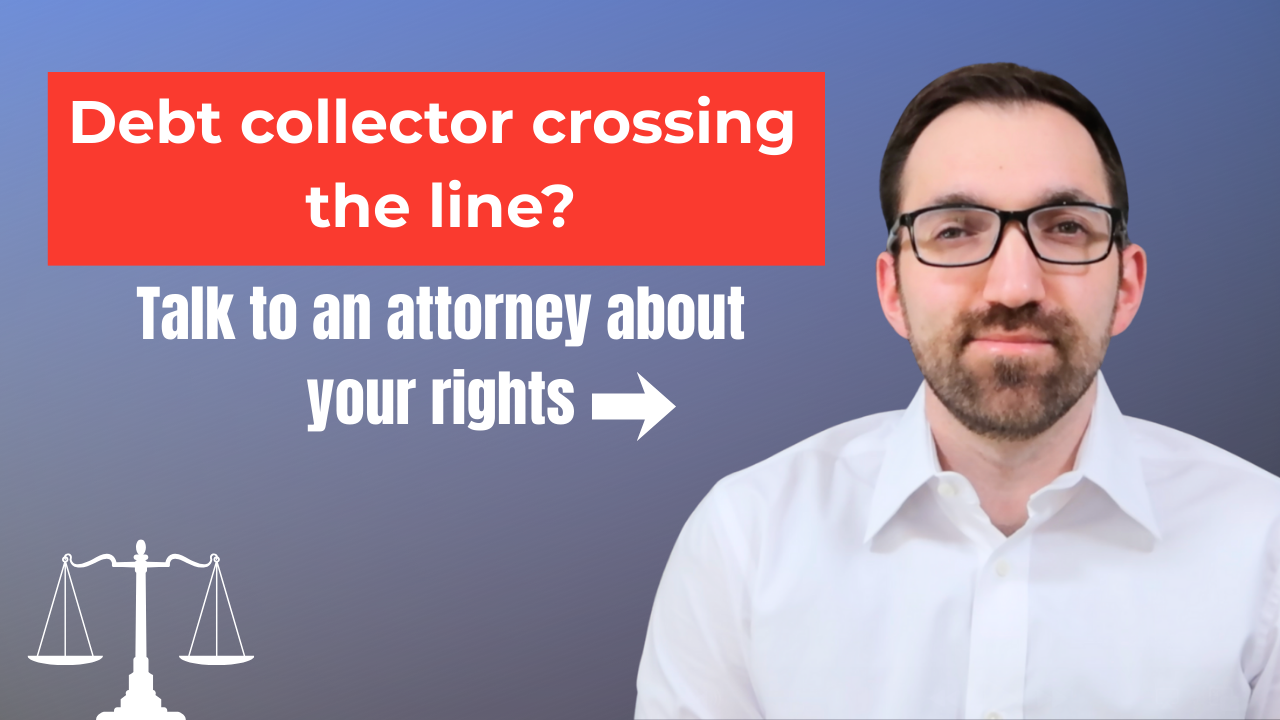How to Send a Debt Validation Letter (With Sample Template)
Before you pay a dime to a debt collector, you have the right to ask them to prove the debt is valid. It’s one of the most powerful tools consumers have under the Fair Debt Collection Practices Act (“FDCPA”). In this guide, I’ll show you how to send a debt validation letter and include a sample of a validation letter you can use.
What is a Debt Validation Letter?
A debt validation letter is a formal request you send to a debt collector asking them to verify that the debt they’re trying to collect is actually yours—and that they have the legal right to collect it.
Under the FDCPA, you have 30 days from the first contact with the collector to make this request. Once you send it, the debt collector must stop collection efforts until they provide proper validation.
What does a Debt Validation letter do?
Under Section 1692g of the FDCPA, a debt collector is required to follow certain rules once you send out a debt validation letter. Those rules include the following:
Stop collection efforts (calls, letters, emails, texts, etc.) while the debt is being verified;
Provide the name and address of the original creditor;
Provide proof that you owe the debt (billing statements, history of account, etc.); and
Provide documentation showing that the agency is authorized to collect the debt.
Consumers that don’t request debt validation will often pay debts that are inaccurate, expired, or even fraudulent.
How to Send a Debt Validation Letter
Sending your letter is simple but there a few things you want to keep in mind. The first is to submit your validation request in writing. A phone call won’t do. Your request must be in writing to trigger your rights under the FDCPA.
You should send the the letter using certified mail with return receipt. This gives you proof that the letter was sent and received, which protects you if the collector ignores your request. Keep a copy of the letter and the certified mail receipt for your records.
Lastly, don’t admit to owing the debt. Your letter should be neutral and factual. Avoid language that implies the debt is valid.
Sample of Validation Letter
Fill out the form below to get a free sample validation letter. Once you do, you will get an email with a link to access the letter via Google Docs.
The sample provided above is just that – a template. Please be advised that using the template does not create an attorney-client relationship and you are using it at your own risk.
The above disclaimers aside, this letter should be all you need to request the debt collector to verify your debt. Make sure you input your specific details where I direct you to.
What Happens After You Send the Letter?
Once your letter is received, the debt collector must pause all collection activity until they validate the debt. If they (1) fail to respond, (2) provide incomplete or inaccurate validation, or (3) continue collection attempts without verifying the debt, then you may have a legal claim under the FDCPA.
This is the power of enforcing your right to validation under the FDCPA. It buys you time and gives you options. At the very least, you're forcing the debt collector to meet a basic legal standard: proving that you actually owe the debt they’re trying to collect
Final Thoughts
You’d think debt collectors would do their due diligence before contacting someone about a debt. But you’d be surprised. The debt collection industry is massive, and mistakes happen all the time.
Don’t be another statistic. Know your rights under the FDCPA — it’s been protecting consumers since 1977 for a reason. If you’ve already sent a validation letter and the collector is still harassing you or providing bogus information about a debt you don’t owe, talk to a consumer protection attorney to understand your options.




